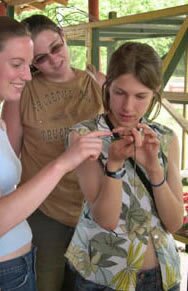Black History Month celebrates contributions made by African Americans and people of African descent around the world. It was started by an African American man named Dr. Carter G. Woodson in 1926. Back then, it was called Negro History Week and was celebrated the second week of February. Now it is celebrated for the whole month of February in the United States and Canada.
Here are five ways you and your family can celebrate Black History Month with you and your family.
- Yes we can… change the world, find cures for diseases, or feed the hungry. Inspired by President Barack Obama’s famous 2008 presidential campaign phrase, “Yes we can,” Kids can decorate cans to raise money for their favorite cause or charity to ultimately make Earth a better place.
-
 African-Americans and Canadians have made tremendous contributions to every facet of life—from science to music to athletics. Take your family to a local museum to learn about the significant contributions of African Americans.
African-Americans and Canadians have made tremendous contributions to every facet of life—from science to music to athletics. Take your family to a local museum to learn about the significant contributions of African Americans.
-
Jackie Robinson, Sojourner Truth, George Washington Carver,
are just some of the renowned African Americans to be celebrated during February and throughout American history. Go to your local school and host a seminar detailing the history of Black History Month and the historical events and contributions of African Americans.
- Attend a storytelling performance with your family. The West African storytelling tradition of griot, or village storyteller, is a great way to celebrate Black History Month. The dramatic storytelling and puppetry storytelling brings Black history to life with the stories of various African-Americans who have contributed to American History.
- Puzzles!!! Who doesn’t love a good puzzle! For you and your family, solving crossword puzzles is another way for children and adults to improve concentration and memory. Look online for websites devoted to Black History Month Crossword puzzles, you’ll find printable, criss-cross style crossword games for primary level students as well as those at the secondary and even the college level.
Black History Month is an excellent way to learn about all of the amazing contributions of African Americans and to spend time with your family. Tell us how you plan on celebrating Black History Month in the COMMENTS.



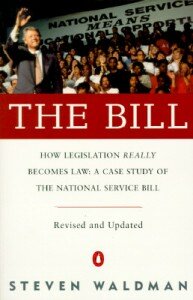



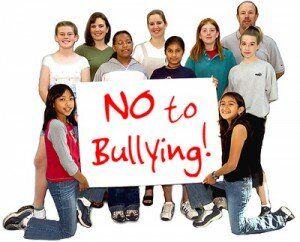

 Hunger or Housing. From big to small projects there are tons of ways that you can help tackle this issue in your community! Help cook and serve meals at a soup kitchen, gather clothing and donate it to your local shelter, make toiletry kits for the homeless, make care packages full of winter clothing for your local children’s shelter, help repair a local homeless shelter, or partner with
Hunger or Housing. From big to small projects there are tons of ways that you can help tackle this issue in your community! Help cook and serve meals at a soup kitchen, gather clothing and donate it to your local shelter, make toiletry kits for the homeless, make care packages full of winter clothing for your local children’s shelter, help repair a local homeless shelter, or partner with  Education. Education has become a big topic in the media over the years; there are many ways that you can help improve your community’s education system through volunteering. Ideas include raising money for Braille or large print books for the visually impaired, plan a school supply drive to assemble “back to school” kits for your local schools, set up a buddy system for kids needing friends, bring toys to hospitalized children, read books or the newspaper to visually impaired individuals, raise money to purchase and install playground equipment.
Education. Education has become a big topic in the media over the years; there are many ways that you can help improve your community’s education system through volunteering. Ideas include raising money for Braille or large print books for the visually impaired, plan a school supply drive to assemble “back to school” kits for your local schools, set up a buddy system for kids needing friends, bring toys to hospitalized children, read books or the newspaper to visually impaired individuals, raise money to purchase and install playground equipment.
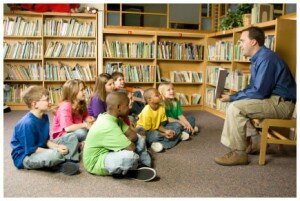
 Stronger ties to the community
Stronger ties to the community
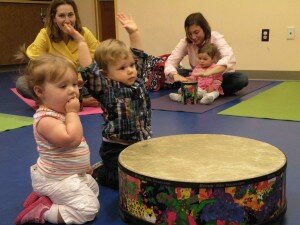 Give a boost to a school club. In the era of disappearing recess and music and arts programs, schools may need help providing these kinds of classes. If your child is involved with any clubs or activities at school, call the person in charge of the group and see if you can help with transportation, supplies, or planning.
Give a boost to a school club. In the era of disappearing recess and music and arts programs, schools may need help providing these kinds of classes. If your child is involved with any clubs or activities at school, call the person in charge of the group and see if you can help with transportation, supplies, or planning. Start a cleanup crew. Are crushed soda cans and scrap paper taking over the school grounds? Why not plan a school cleanup day? Include parents, students, teachers, and any community members who want to help. Participants will feel a sense of ownership and will be less likely to ignore litter in the future.
Start a cleanup crew. Are crushed soda cans and scrap paper taking over the school grounds? Why not plan a school cleanup day? Include parents, students, teachers, and any community members who want to help. Participants will feel a sense of ownership and will be less likely to ignore litter in the future. Today’s post comes from Davida Gatlin, Manager, Training and Technical Assistance for
Today’s post comes from Davida Gatlin, Manager, Training and Technical Assistance for 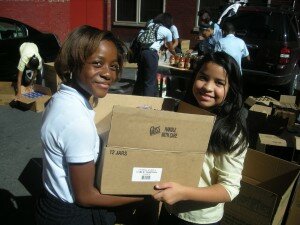 Participation in service-learning…
Participation in service-learning…